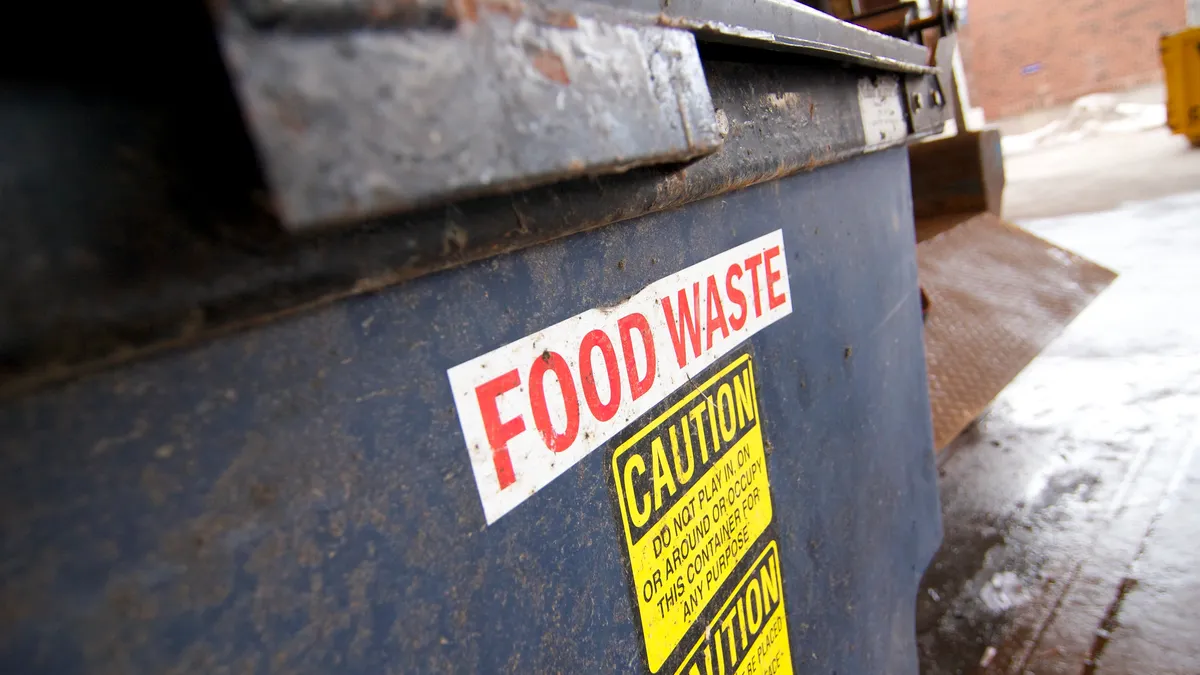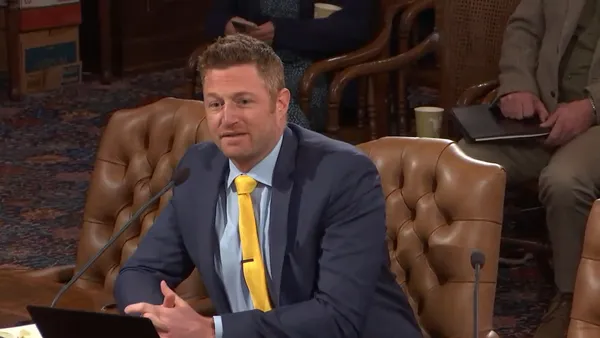A new report from ReFED and the Global Methane Hub links emissions from the nation's top methane-producing sectors, such as agriculture and landfills, to food waste. It presents solutions with maximal impact on wasted food emissions both upstream and downstream of consumers.
The report underscores the importance of looking across supply chains to develop effective methane reduction strategies, Dana Gunders, president of food waste solutions nonprofit ReFED, said on a webinar Thursday.
"We are trying to paint the picture that when you are throwing out a burger, you're throwing out the upstream emissions ... and the downstream emissions," Gunders said. "We are trying to capture that altogether so that people can understand the power of wasted food emissions."
The report looks at 48 food product types across five supply sectors with 10 destinations. It emphasizes that strategies to reduce upstream emissions are likely to make the greatest immediate impact on methane emissions from wasted food. An estimated 2.5 million metric tons of the methane gas associated with food waste comes from production of the food, while about 1.5 million metric tons comes from downstream management and disposal activities like landfilling, per the report.
The total emissions encapsulated by those activities equal 107 million metric tons of carbon dioxide equivalent, or the emissions from a quarter of all registered cars in the U.S. in a year.
The call for action comes amid a renewed focus on methane emissions in the United States spearheaded by the Biden administration. The U.S. is a signatory of the Global Methane Pledge to reduce methane emissions 30% by 2030, and the administration has released a strategy to get there. Methane is about 24 times more potent than carbon dioxide on a 100-year time scale, but more than 80 times more potent on a 20-year time scale, leading scientists and groups like Global Methane Hub to identify reducing methane emissions as a key lever to reduce the worst impacts of climate change.
The U.S. Department of Agriculture, in conjunction with the U.S. EPA, also released a National Strategy to Reduce Food Loss and Waste and Recycle Organics in June. The strategy, which was announced by Agriculture Sec. Tom Vilsack at a ReFED event, outlines methods of halving food waste per capita by 2030. The EPA recently estimated that up to 40% of food is wasted in the country, leading to a sizable emissions impact.
“This is like pulling the emergency brake on climate,” Carolina Urmeneta, director of the waste and circular economy program at Global Methane Hub, said. “We don't have one silver bullet, we need to have multiple approaches to address this.”
The report also highlighted the outsized impact of food waste in the emissions of disposal sites. The EPA has previously reported that food waste makes up about 24% of landfilled material but is responsible for 58% of fugitive landfill methane emissions, due in part to its rapid decay in such facilities. A sizable amount of methane is also generated in sewers, due in part to the amount of organic material sent down kitchen drains.
The top solution for addressing food waste-related methane is centralized composting, according to ReFED's analysis. Consumer education campaigns, portion resizing, centralized anaerobic digestion and co-digestion at wastewater treatment plants round out the top five solutions.
ReFED also highlighted updates to its Insights Engine during the webinar Thursday. The tool allows users to compare the methane impact of dozens of solutions to wasted food, as well as measurements like cost and impact per dollar.















